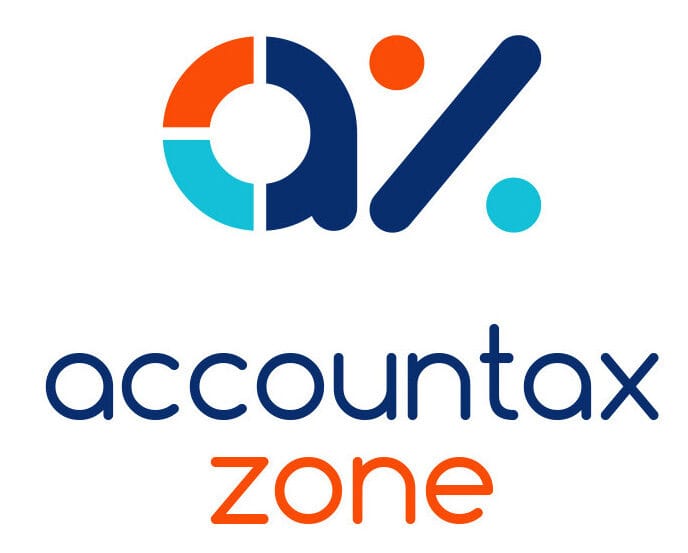When starting a business, there are a number of ways in which this can be done. Options include operating as a sole trader, forming a partnership or setting up a limited company. Of these, operating as a sole trader is the simplest.
Taxes you must pay
If you run an unincorporated business as a sole trader, you are self-employed for tax purposes. If you make a profit, you will need to pay income tax on that profit if your total taxable income for the year is more than your tax-free allowances. Unlike a company, the tax bill for your business is not worked out separately; rather, it is taken into account in working out your overall personal tax liability for the tax year. Depending on your profit level, you may also need to pay Class 4 National Insurance.
Registering as a sole trader
You only need to tell HMRC about income from self-employment if you earn more than £1,000 in the tax year before deducting expenses. The £1,000 limit applies across all your self-employments, rather than per business. This £1,000 limit is known as the trading allowance.
Where your income exceeds the trading allowance, you will need to register for Self Assessment if you are not already registered. You can do this online at Register for Self Assessment. This must be done by 5 October following the end of the tax year in which a liability first arose.
National Insurance
If your profits from self-employment are more than £12,570 for 2024/25, you will need to pay Class 4 National Insurance. For 2024/25, this is at the rate of 6% on profits between £12,570 and £50,270 and at the rate of 2% on profits in excess of £50,270. The payment of Class 4 National Insurance will earn you a qualifying year for state pension purposes.
If your profits are between £6,725 and £12,570, you will not have to pay any Class 4 National Insurance, but you will be awarded a National Insurance credit which will give you a qualifying year for state pension purposes for free. If your profits are less than £6,725 for the tax year, you will not receive the National Insurance credit. However, you can pay Class 2 contributions voluntarily at the rate of £3.45 per week to help build up your state pension entitlement.
You might also like to read: Class 2 NIC refunds made in error – Action to take
Keeping records
You will need to keep records of your income and business expenses so that you can work out your profit. The default basis of accounts preparation is now the cash basis, under which you only take account of cash in and cash out. When working out your profit, you can deduct the £1,000 trading allowance rather than actual expenses if this is more beneficial (which will be the case if your actual expenses are less than £1,000).
Paying tax and National Insurance
Under Self Assessment, your tax and Class 4 National Insurance bill must be paid by 31 January after the end of the tax year to which it relates (so by 31 January 2026 for your 2024/25 profit).
If your tax and Class 4 National Insurance bill for the previous tax year is £1,000 or more, you will need to make payments on account. This means that you will have to pay 50% of the previous year’s liability on 31 January in the tax year and 31 July after the end of the tax year. Any balance due must be paid by 31 January after the end of the tax year.
It is prudent to put away money each month so that you have it available to pay your tax bill. Alternatively, you can set up a budget plan with HMRC.
Partner note:










